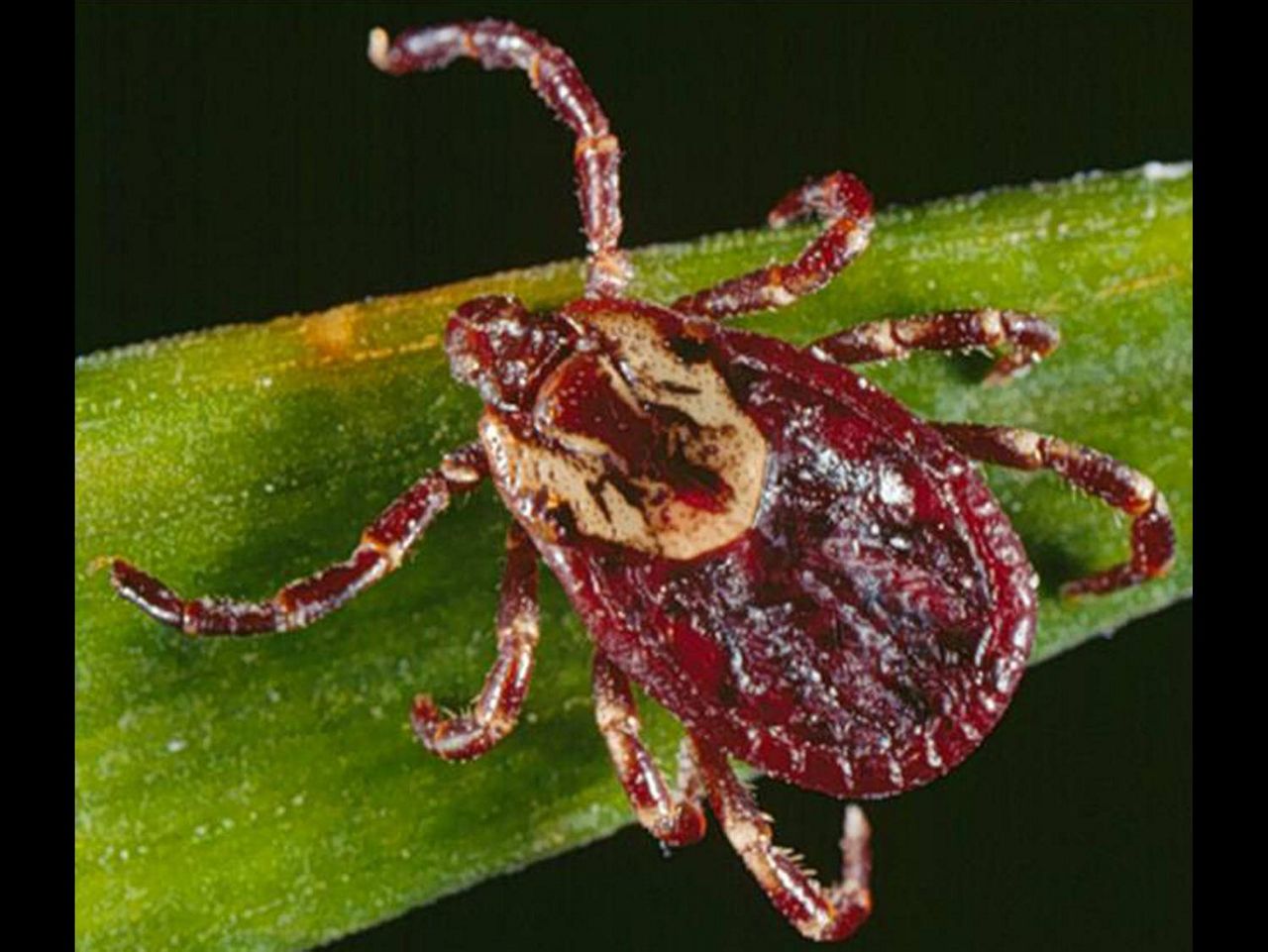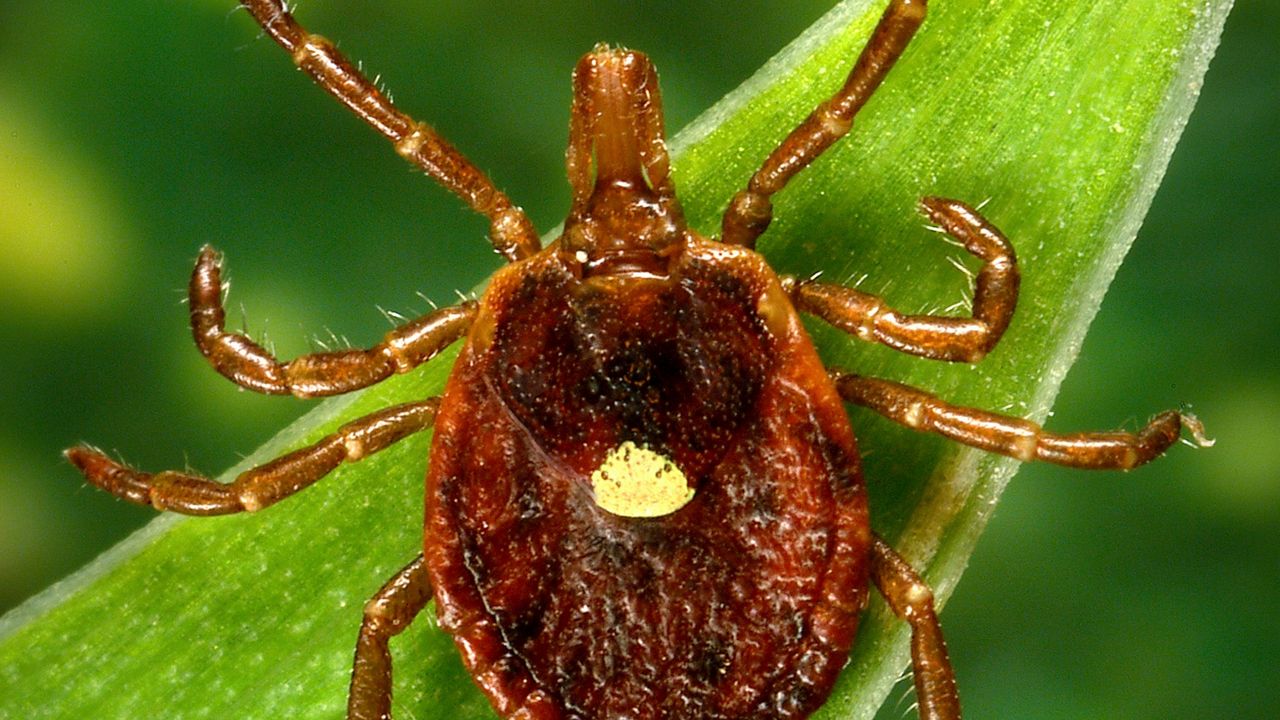Summertime in Missouri means time spent outside with a nefarious creature, the tick. Classified as an arachnid, not an insect, thanks to it having eight legs, this cousin to the spider might be tiny but can cause major health concerns in humans.
The Missouri Department of Conservation partnered with A.T. Still University (ATSU) to conduct a two-year research study on ticks. Matt Combes, Ecological Health Unit Science Supervisor with the Missouri Department of Conservation, says the study took place to “determine the presence of tick species in Missouri and the pathogens they may harbor.”
The study began in April 2021 and enrolled “citizen scientists.” Members of the public assisted with the study by placing live ticks in a plastic zip-closure bag with a damp paper towel or cotton ball, and then the bags were mailed to ATSU.
Once arrived, the ticks were identified and tested for bacteria that cause human disease. Every county in the state of Missouri contributed at least one tick.
Combes says “nine species of ticks were submitted including the Lone Star, Gulf Coast, Bat, Winter, American dog, Brown dog, Bird, Rabbit and Blacklegged tick.”
Out of the 2,500 ticks collected, the Lone Star tick dominated submissions, accounting for 71%. This didn’t surprise Combes, as this type of tick leads collections in field studies across Missouri, as well.
The American Dog Tick was second most abundant with 26% of the total collection.

While the most well-known disease from ticks is Lyme disease, several other tick-borne illnesses are found in Missouri, including Rocky Mountain spotted fever, Ehrlichiosis, Tularemia, and Heartland and Bourbon viruses.
Combes says the number of ticks in this study found to have human pathogens was quite low. “Only about five percent of ticks carried one or more of these human pathogens,” he says. He added, "we detected very little Borrelia burgdorferi, the bacteria that causes Lyme Disease, in the 2,500 ticks we screened for pathogens in this study.”
It's not exactly a pathogen that Combes and his team could screen for, but Alpha-gal Syndrome (AGS) is an immune response from a Lone Star tick bite that triggers an allergic reaction to red meat in humans. The Centers for Disease Control says that not every Lone Star tick bite causes this reaction.
More research is needed to understand the tick’s role in starting this condition and why some people develop AGS. More than 110,000 suspected cases of AGS were identified in a CDC report between 2010 and 2022.
Combes doesn’t want people to stop enjoying the outdoors based on the results from the study. “While there is a risk of contracting tick-borne illnesses while enjoying the outdoors, the benefits outweigh the risks, ” he says.
To reduce your risk of tick bites while outside, he recommends “enjoying nature by staying on paths that avoid dense vegetation, dressing in light-colored clothes that cover your skin and using a tick-rated insect repellent."
He also says, "if you spend a lot of time in tick habitat, you can also use permethrin-treated clothes that kill ticks on contact. Missouri Department of Health and Senior Services has good prevention content, as well."
Our team of meteorologists dives deep into the science of weather and breaks down timely weather data and information. To view more weather and climate stories, check out our weather blogs section.









)